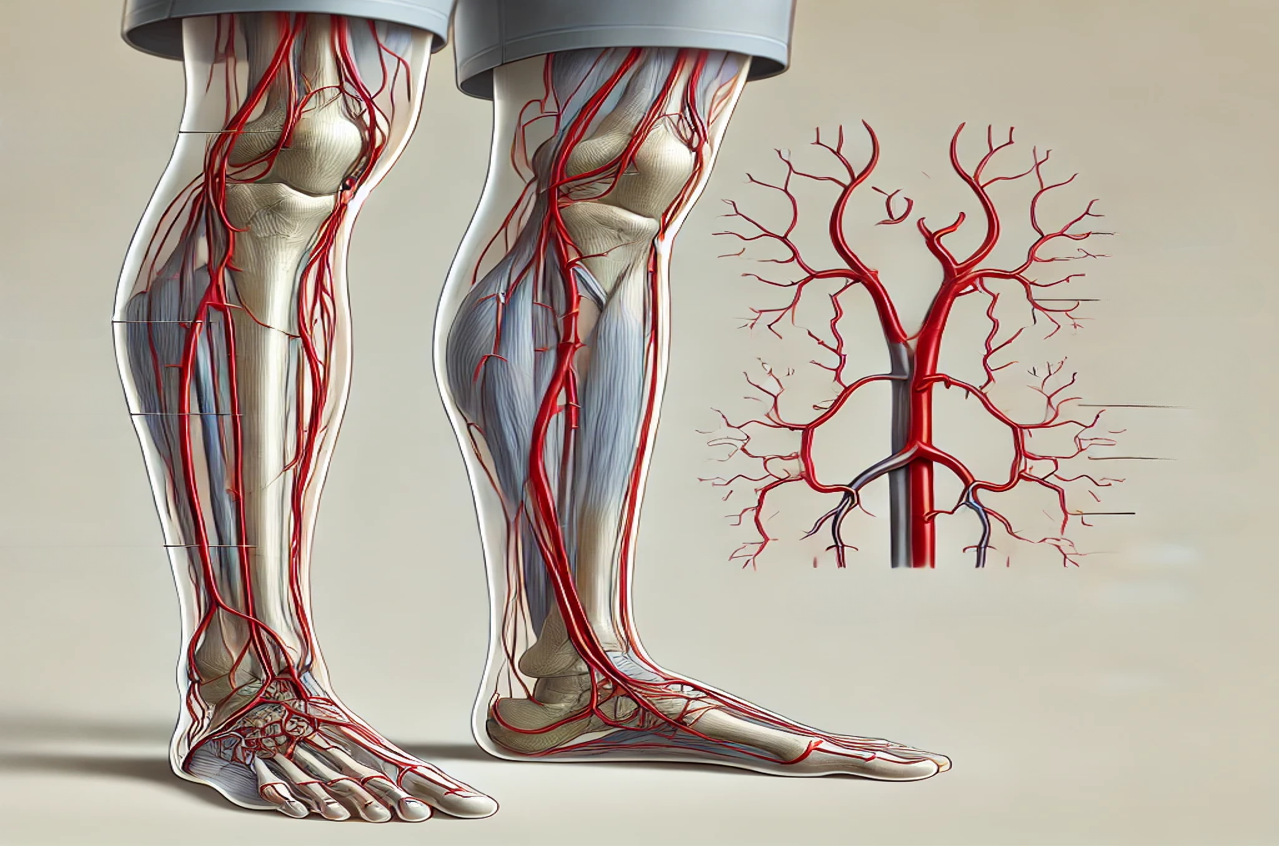Microbot Medical, a U.S.-based robotics company, is intensifying its go-to-market strategy in anticipation of potential FDA clearance for its LIBERTY® Endovascular Robotic Surgical System in the second quarter of 2025. This strategic move follows the successful completion of the ACCESS-PVI human clinical trial, which evaluated the performance and safety of LIBERTY® in peripheral vascular interventions.
The LIBERTY® Endovascular Robotic Surgical System is designed to enhance the precision and safety of endovascular procedures, such as the treatment of peripheral artery disease and other vascular conditions. Unlike traditional systems that require large, expensive equipment, LIBERTY® offers a more compact and cost-effective solution.
Its remote operation capability has the potential to democratize access to advanced surgical interventions, reducing radiation exposure and physical strain for physicians. For patients, this could mean shorter recovery times, reduced procedural risks, and expanded access to advanced surgical interventions, especially in underserved areas.
Clinical Trial Milestone
In October 2024, Microbot Medical announced the successful enrollment and follow-up of all patients in the ACCESS-PVI trial. The company plans to submit a 510(k) application to the FDA by the end of 2024, aiming for clearance in Q2 2025. The clinical data from this trial are expected to be presented at a medical conference in early 2025.
Understanding the FDA 510(k) Clearance Process
Understanding the FDA 510(k) Clearance Process
The FDA’s 510(k) clearance process is a regulatory pathway designed to ensure that new medical devices entering the market are safe and effective. It is a key step for devices that do not require the more rigorous premarket approval (PMA) but still must meet established safety and performance standards. The process gets its name from section 510(k) of the Federal Food, Drug, and Cosmetic Act, which mandates this type of submission.
Key Aspects of the 510(k) Clearance Process
- Substantial Equivalence Requirement:
- A device seeking clearance must demonstrate “substantial equivalence” to a legally marketed device, known as a predicate device.
- Substantial equivalence means that the new device is as safe and effective as the predicate and has no significant differences in intended use or technological characteristics that raise new safety concerns.
- Moderate-Risk Devices:
- The 510(k) process is primarily used for Class II devices, which pose moderate risk to patients and users. Examples include blood pressure monitors, infusion pumps, and surgical instruments.
- Devices in this category must meet specific regulatory controls, such as performance standards and post-market surveillance requirements.
- Documentation and Testing:
- Manufacturers must submit detailed documentation to the FDA, including:
- A description of the device and its intended use.
- Results of nonclinical and clinical testing to support safety and performance claims.
- Evidence of substantial equivalence to the predicate device.
- Manufacturers must submit detailed documentation to the FDA, including:
- Review Timeline:
- While the FDA aims to review 510(k) submissions within 90 days, actual timelines may vary.
- Factors affecting the review duration include:
- The complexity of the device.
- The completeness of the submission.
- Requests for additional information or clarification from the FDA.
- Interactive Review Process:
- The FDA often engages in an interactive review process, working closely with manufacturers to address questions or concerns promptly.
- This collaborative approach helps streamline the process but requires manufacturers to respond quickly to FDA queries.
- Limitations of the Process:
- Unlike the PMA process, which requires comprehensive clinical trials, the 510(k) pathway relies heavily on comparisons to predicate devices.
- Critics argue that this reliance may not fully account for advancements or novel risks associated with newer technologies.
Post-Clearance Obligations
Even after obtaining 510(k) clearance, manufacturers must comply with ongoing FDA requirements, including:
- Adverse Event Reporting: Reporting device-related complications or injuries through the FDA’s Medical Device Reporting (MDR) system.
- Device Modifications: Submitting additional 510(k) applications for significant changes to the device’s design, functionality, or intended use.
- Market Surveillance: Conducting post-market studies if required to monitor long-term safety and performance.
Relevance to Microbot Medical’s LIBERTY® System
For Microbot Medical, pursuing 510(k) clearance for the LIBERTY® Endovascular Robotic Surgical System means demonstrating that it is substantially equivalent to an existing robotic or endovascular device already on the market. By navigating this pathway, the company aims to achieve a faster route to commercialization compared to the more exhaustive PMA process.
Microbot’s ability to meet the FDA’s documentation requirements, respond efficiently during the review process, and maintain compliance post-clearance will be critical in ensuring LIBERTY®’s success in the highly regulated medical robotics market.
By understanding the 510(k) process, healthcare providers and potential customers can gain confidence in the system’s safety and efficacy, ultimately contributing to its adoption in clinical settings.
Competitive Landscape
The medical robotics market is experiencing rapid growth, with several companies developing robotic systems for surgical applications. Intuitive Surgical’s da Vinci system has been a dominant player, but competitors like Medtronic and Johnson & Johnson are introducing their own robotic platforms. Microbot Medical’s LIBERTY® system aims to differentiate itself by offering a compact, cost-effective, and remotely operable solution, potentially increasing accessibility and reducing the physical strain on physicians.
Financial and Market Projections
The global medical robotics market was valued at approximately $3.3 billion in 2023 and is projected to reach $18.4 billion by 2027, driven by technological advancements and increasing adoption of minimally invasive surgeries. Microbot Medical’s entry into this market with the LIBERTY® system positions the company to capture a share of this growth, particularly if the system’s unique features resonate with healthcare providers seeking cost-effective and versatile robotic solutions.
Stakeholder Perspectives
Healthcare professionals have expressed optimism about the potential of robotic systems like LIBERTY® to improve patient outcomes and operational efficiencies. Dr. John Smith, an interventional radiologist, noted, “The ability to perform procedures remotely could revolutionize our approach to patient care, especially in rural or underserved areas.” Industry analysts also view Microbot Medical’s strategy as a positive step toward meeting the growing demand for advanced surgical technologies.
Microbot Medical’s proactive approach in ramping up its go-to-market strategy underscores its commitment to bringing innovative solutions to the medical field. The forthcoming FDA decision on LIBERTY® will be pivotal, potentially setting new standards in endovascular robotic surgery and expanding the reach of minimally invasive procedures.
Are you interested in how AI is changing healthcare? Subscribe to our newsletter, “PulsePoint,” for updates, insights, and trends on AI innovations in healthcare.




